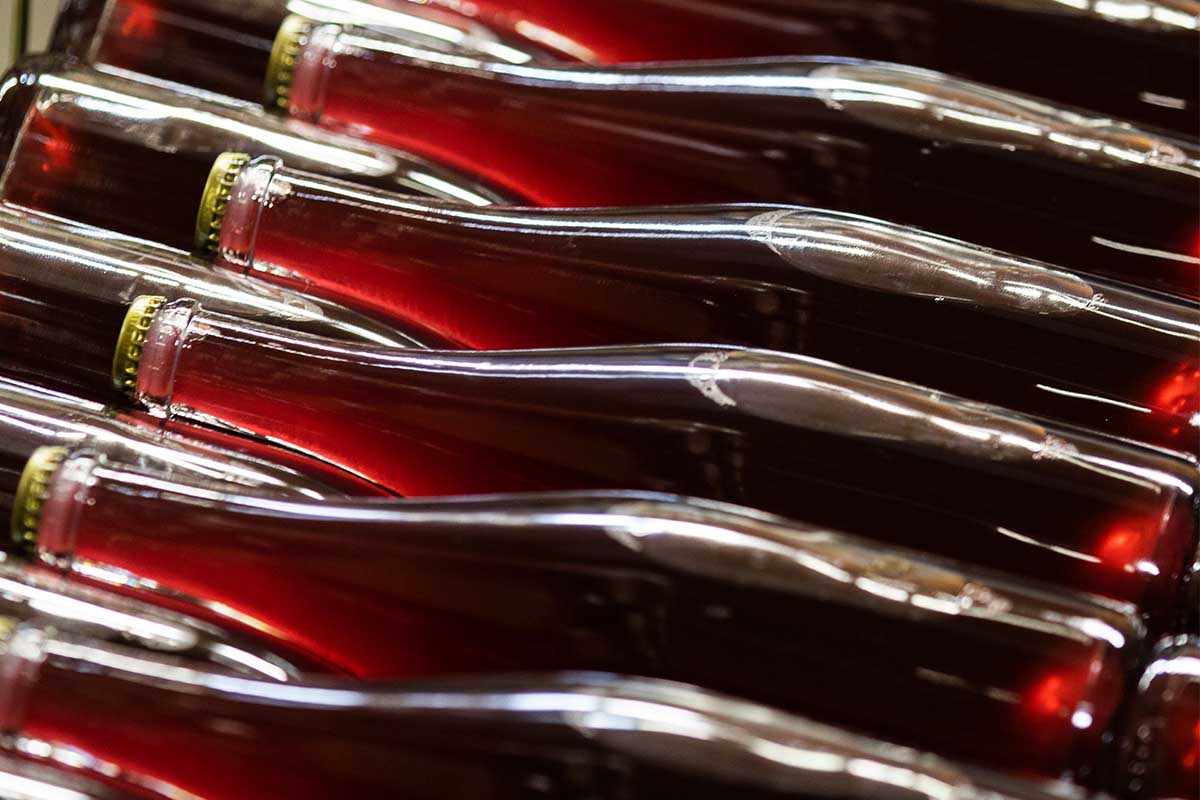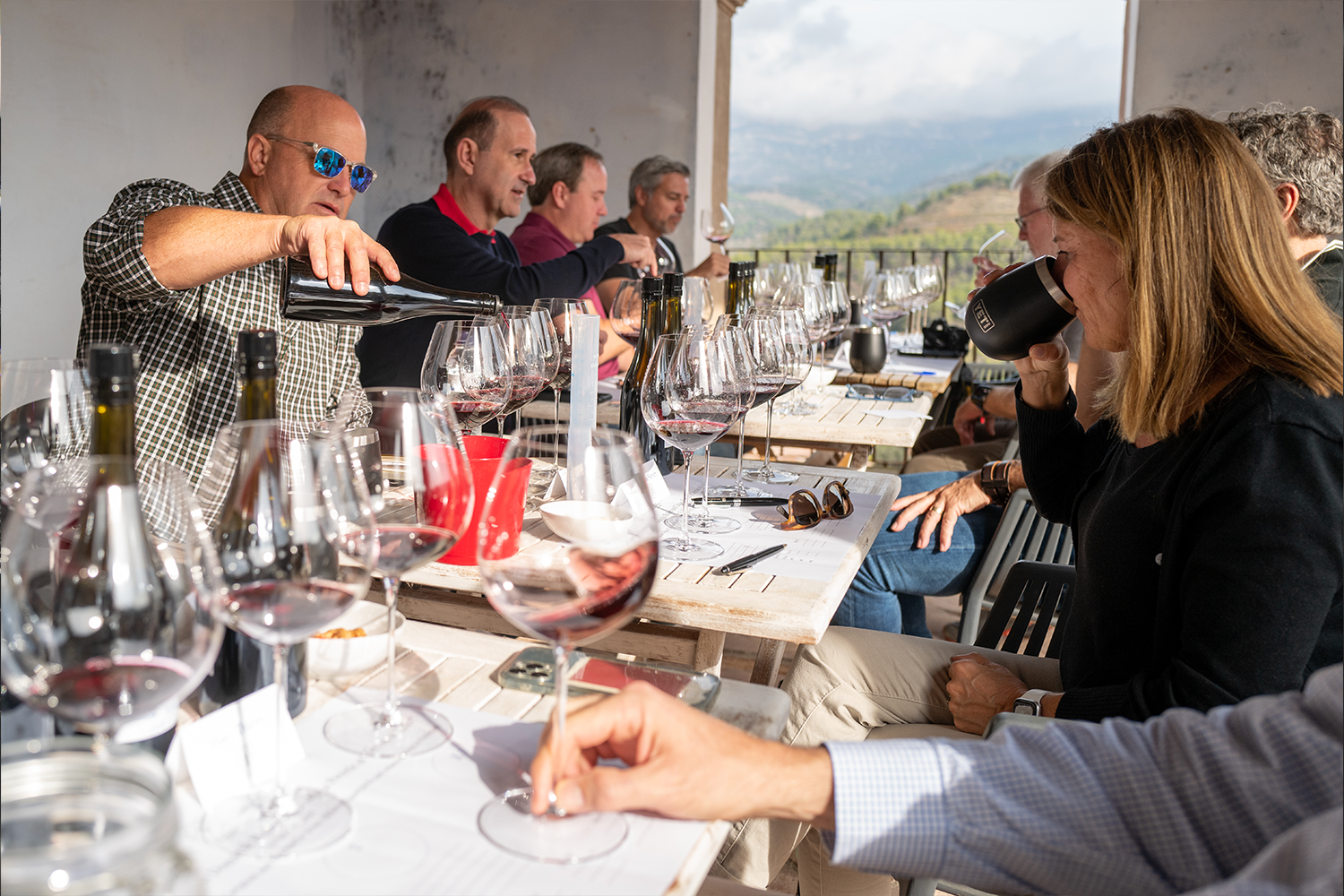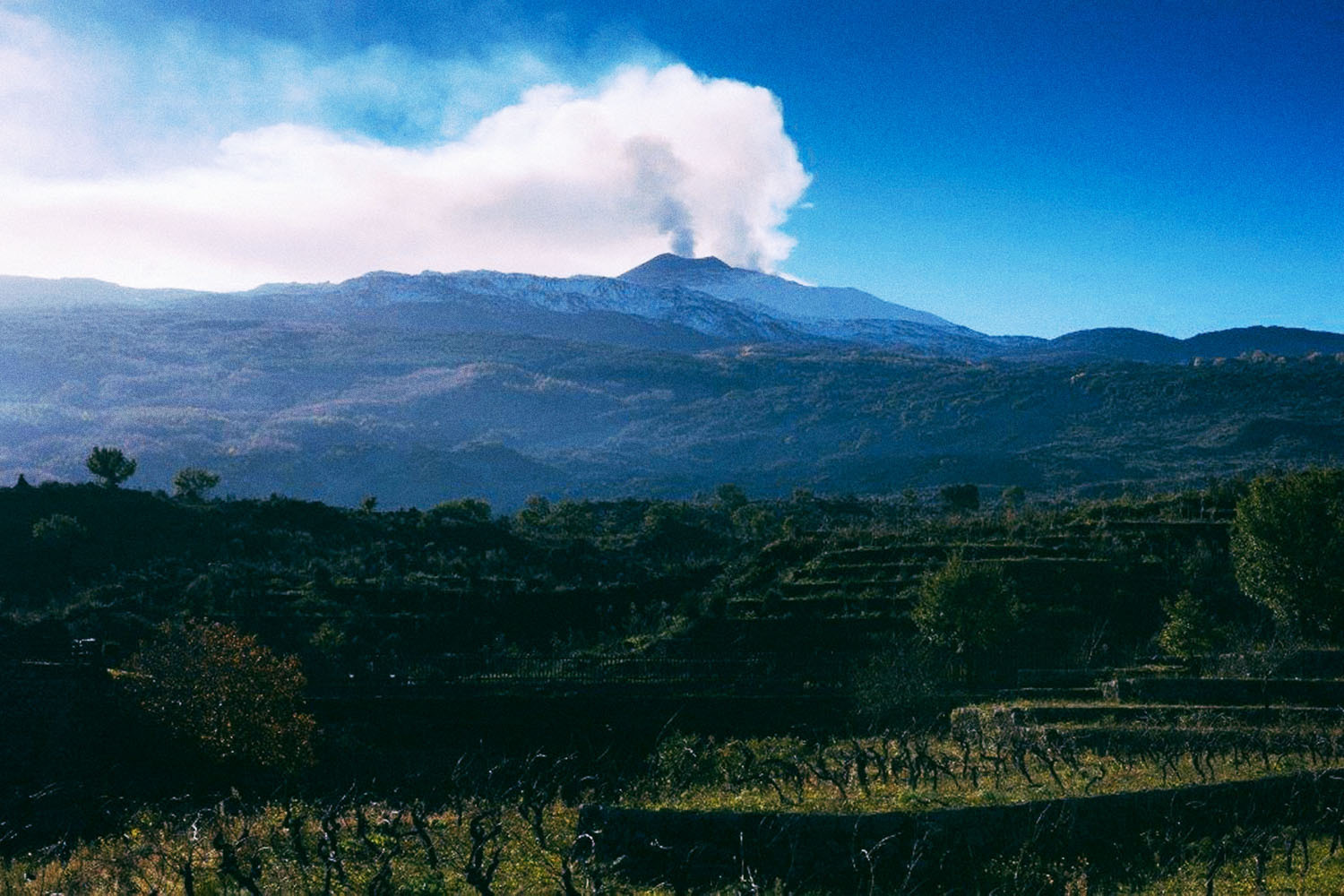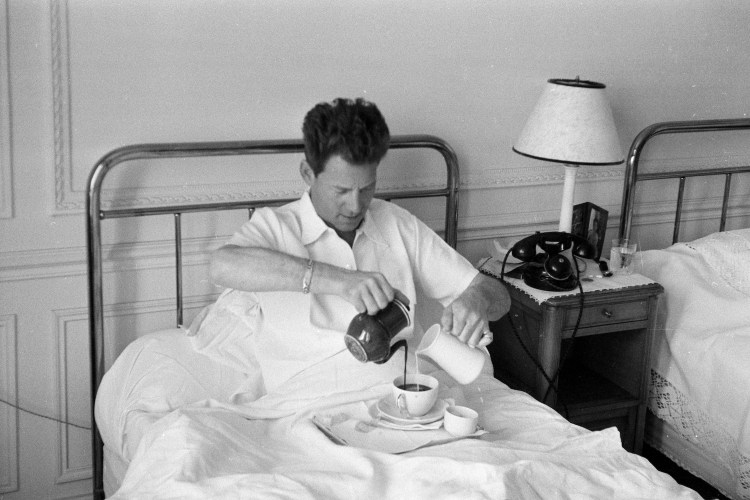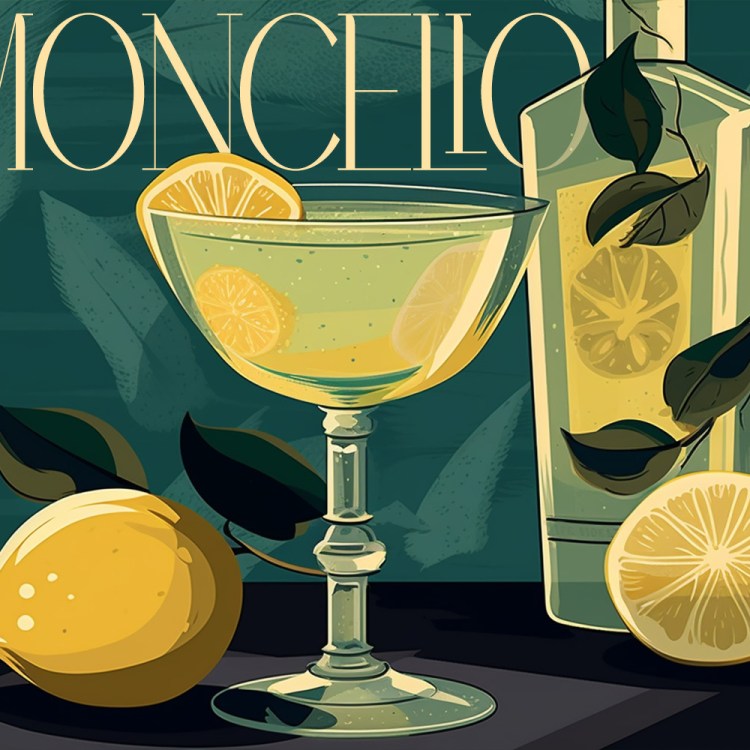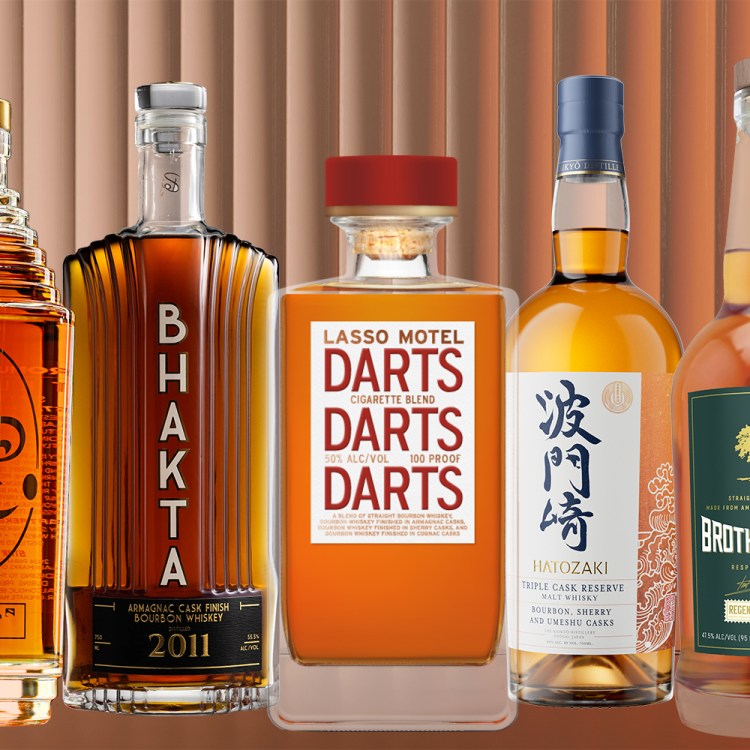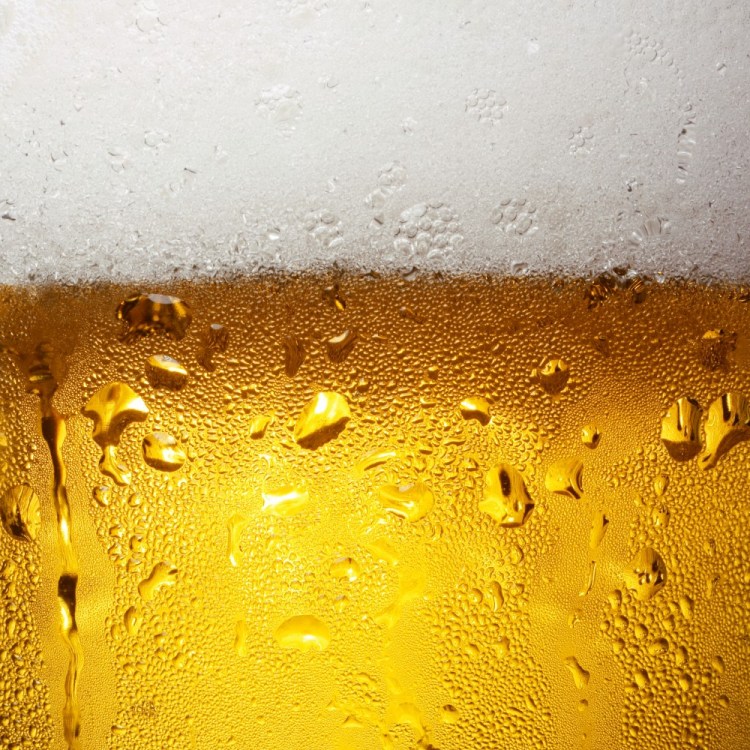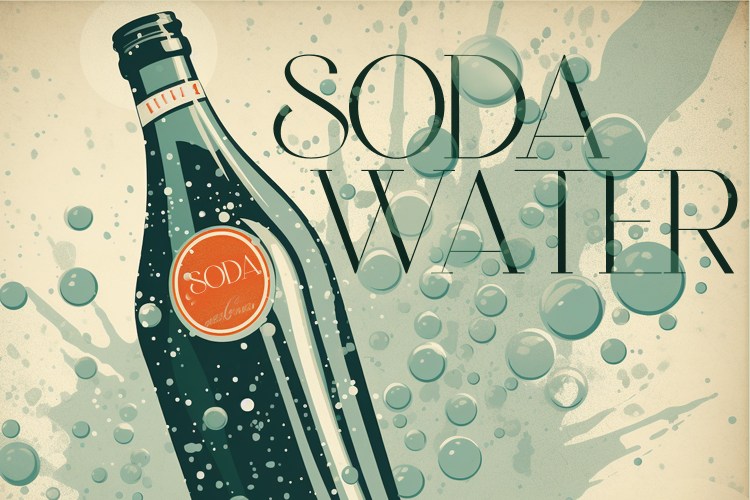If you’ve toed a foot into any wine bar lately, you may have noticed a new category crowning the menu: pét-nat.
“It’s the nickname for pétillant-naturel, a sparkling wine made from just organic grapes — no added yeasts or sugars, and no sulfites,” describes Rachel Signer, author of You Had Me at Pét-Nat.
“Pét-nat is made by bottling at the end of primary fermentation with a small amount of remaining sugar,” adds Cole Thomas, winemaker at California’s Madson Wines. “Those sugars ferment in-bottle, so the CO2 waste product has nowhere to escape. Voila, bubbles.”
New to you? Perhaps, but this style of “ancestral method” sparkling wine has existed for centuries — Gaillac winemakers can trace roots back to the 1500s. “Pét-nat is essentially Champagne’s older, funkier cousin,” says Noble Riot’s Troy Bowen.
While Champagne and other traditional method bubbles are produced within strict guardrails, this category has none, resulting in fizzy, fanciful and freewheeling bottles of whatever grapes winemakers feel like adding effervescence to. They’re low in fizz and high in fun — they’re what you’d open at a house party over a housewarming. “Thanks to their bolder flavors and a less-bubbly mouthfeel, pét-nats are often more approachable than other sparkling wines,” says Bowen.
Signer also points out that pét-nat has no regional distinctions. “That means there’s an incredible diversity of bottles to choose from,” she says. “You can find beautiful pét-nats made in France, the U.S., Australia, the Republic of Georgia and many other places.”
It’s a mutable category, traversing reds, whites, oranges and rosés. “Some resemble sour beers in their tartness and funk, some are clean, refined and precise,” says Bowen. “There’s really a pét-nat for everyone.”
There’s no argument that pét-nat is certainly a hot category right now. “No wine list is complete without one,” says natural wine sommelier Doreen Winkler. “I consult at four restaurants right now and all have one. At our bottle shop, orange pét-nat is our highest-selling category.”
“In the last couple years, I’ve seen more pét-nats in the market and many more mouths asking to drink them,” agrees Bowen. As the process skips the aging of Champagne, “many winemakers are trying their hands at it. That said, they’re easy to make but hard to master.”
So is the category fad or forever?
Classic wine drinkers often shudder at pét-nat’s experimental attitude. It’s a hands-off, almost alchemical process. “Since the fermentation is completed in the bottle, there is no room for adjustment,” says Bowen. “Time it wrong and the pet-nat could spray out of the bottle when opened (or worse, explode). It could lack bubbles. If all the sugar isn’t eaten by the yeast the resulting wine can be cloyingly sweet and sappy instead of zippy and racy.”
It’s a living product, so bottle variation is common and one hint of bad bacteria can result in a faulty bottle. “It’s a very alive wine,” says Bowen. “Often, it’s still completing fermentation when put into the world.”
On top of that, the category’s definition is so broad and falls so far from wine-world norms that many will lazily lump pét-nats into an indeterminate “funky” category.
The lack of rules also means winemakers can build their own narratives; it’s like a choose-your-own-adventure of wines. “A few years ago, most pét-nats were imported from France,” says Macari Vineyards’ Gabriella Macari. “Today, I’m seeing exciting innovation from California, Oregon and New York producers.”
Madson’s Thomas has noticed more producers going classical, opting to extend tirage and disgorging to remove sediment. “With this, I’ve seen more pét-nats that are crystal clear, resembling Champenoise method bottles.”
Bowen finds that “even if this period of interest wanes, I think there will be pét-nats for quite a while.” Gianni Cavicchi, a sommelier at One19, “absolutely expects a lasting market.” He finds that for restaurants and bars, “pét-nats offer an opportunity for an educational exchange with the consumers. For winemakers, you get to experiment and work a different narrative on certain vintages, especially difficult ones.”
For third-generation farmer Chenoa Ashton-Lewis at Ashanta Wines, a pét-nat was the perfect way to bottle a fleeting moment. She spotted elderberry bushes high up on the San Gabriel mountains above Los Angeles, returning to pick as much as they could. The elderberries were co-fermented with French Colombard grapes to make zesty, deeply briny rosy bubbles. Days after the wines were bottled, wildfires ripped across the elderberry trees. For next year’s vintage, they’re foraging elderberries from the Sonoma mountains.
With experiences like that, and given the wine’s nearly unrestrained range, it’s safe to say this style of wine has found its permanent place in the wine world. “Pét-nats are unique,” says Thomas. “And they’re here to stay.”
Below, a few bottle picks to get you started on this unique wine journey:
Agnes and Rene Mosse Moussamoussettes Pét-Nat (France, $27)
“One of the original pét-nat masters, the Mosse family, has made this style of wine in the Loire Valley longer than anyone else,” says Bowen. “This bottling is a swirling mix of savory and herbal notes of celeriac and fennel with generous red fruit. It’s available in magnums, which is almost enough, but not quite.”
“This is the first pét-nat I ever tasted, thanks to the legendary wine team at Diner in Williamsburg,” seconds Macari. “This wine was my inspiration for my pét-nat. The current release is made from Grolleau and Gamay and is delicious as always.”
Red Tail Ridge Riesling Petillant Naturel (New York, $27)
“Nancy Irelan is a sparkling wine master. This Riesling-based pét-nat is incredibly interesting and always delicious,” says Macari. “A crowd pleaser even for those that don’t typically gravitate towards Riesling.” Frothy and ebullient, with notes of pear and ginger and a driving minerality.
Stella Crinita ‘Omaggio Cabernet-Franc’ (Argentina, $24)
“Joanna Foster and her husband Ernesto Catena planted their vineyards in the Uco Valley of Argentina in 2002 and started farming biodynamically,” says Bowen. “This pét-nat is 100% Cabernet Franc and is a beautiful rich and clear red in the glass. On the palate it is dry and savory but with great little bursts of ripe red fruit.”
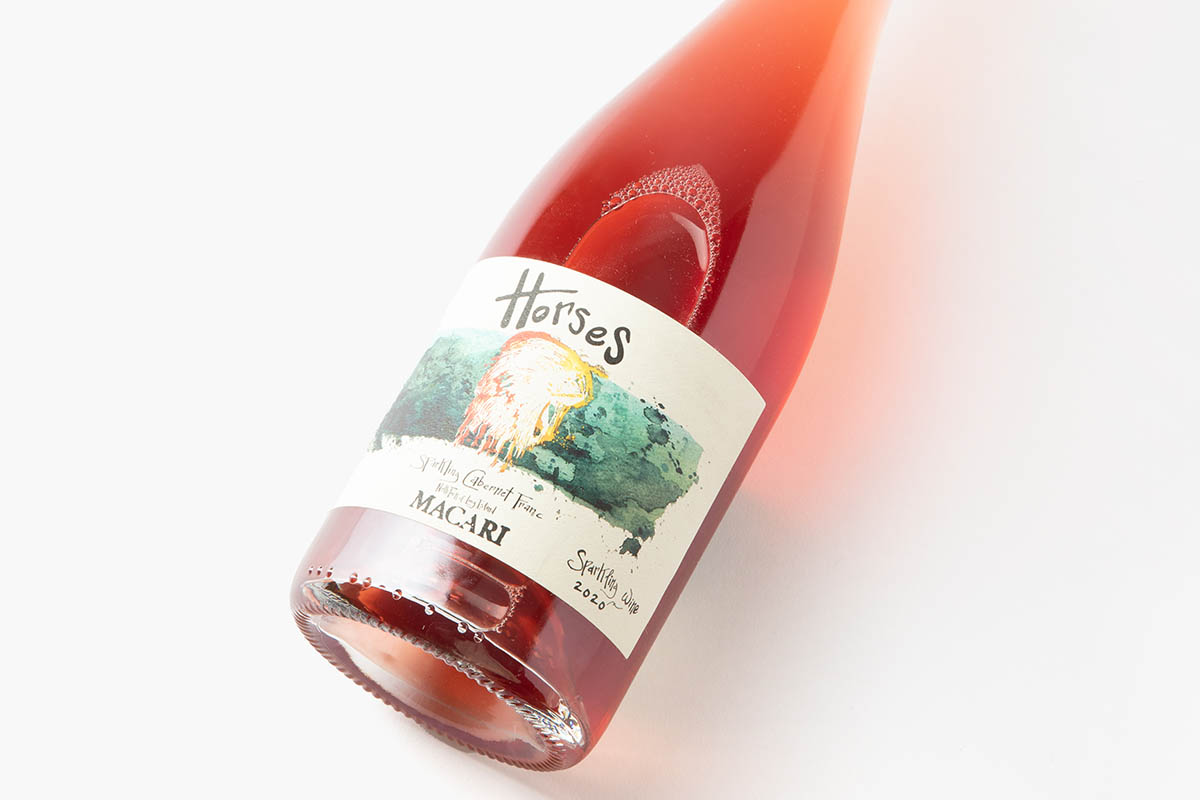
Macari “HORSES” Cabernet Franc Pét-Nat, (New York, $35)
“I decided to create a sparkling Cabernet Franc in 2013 after years of only working with Chardonnay and Pinot Noir for sparkling,” says Macari. “The result was delicious — the Cabernet Franc brings a distinct herbal streak and the acid is always lively. Some assume there is residual sugar in our pét-nats but they are typically dry. We sell out of this wine faster and faster every year, it’s difficult to keep up.”
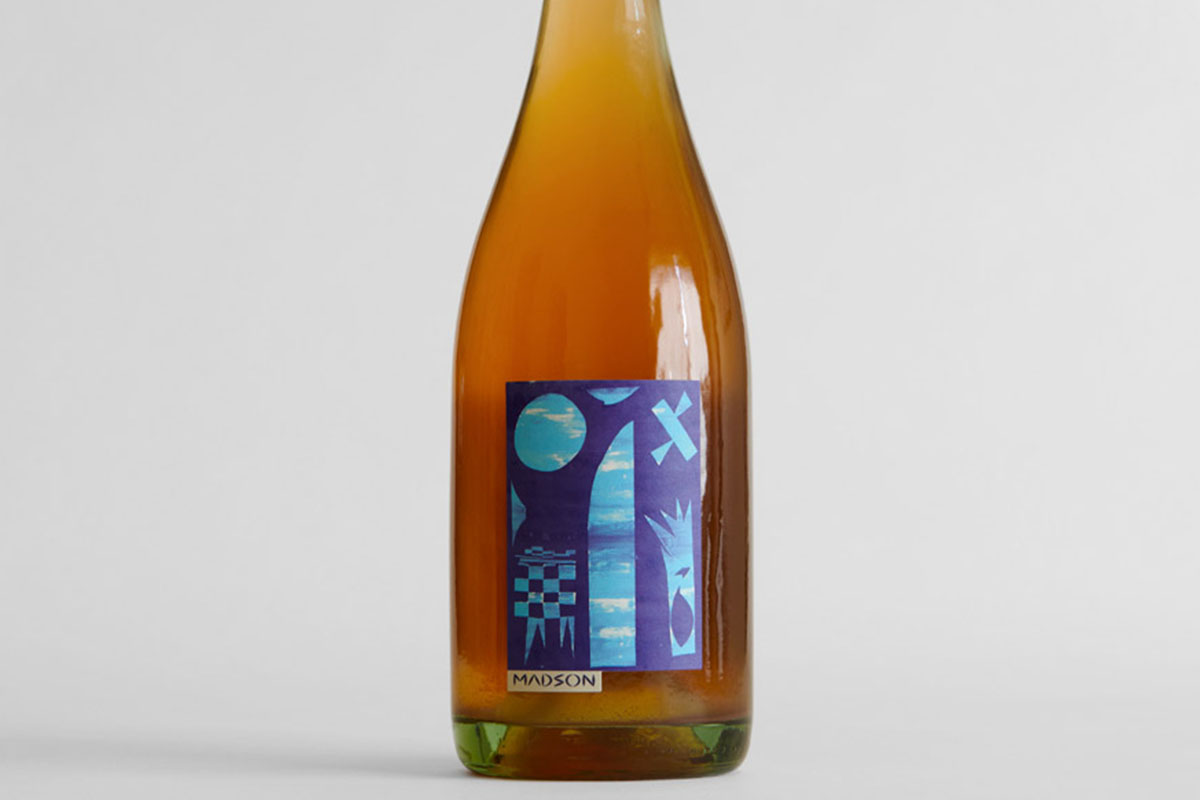
Madson Wines Pét-Nat, (California, $37)
Cole Thomas’s background is in classical wines like Pinot Noir and Chardonnay. “But I’m drawn to more abstract versions of winemaking,” he says. “So in 2017, I tried making pét-nat rose for the first time from old vine Carignan. Only 25 cases, but it was so fresh and lovely. I’ve made pét-nat ever since.” This year’s iteration is made with Sangiovese and Zinfandel; satisfying and refreshing, with soft stone fruit and grippy tannins.
Leon Gold ‘Pink Gold’ (Germany, $32)
“This is a German pét-nat that is almost a bit too easy to drink,” says Bowen. “Made from the grape Trollinger, this bottle is cracking with candied grapefruit, strawberry and floral notes.” It’s highly quenchable and a late-night karaoke party in a bottle; tart, salty and zippy with big minerality.
Join America's Fastest Growing Spirits Newsletter THE SPILL. Unlock all the reviews, recipes and revelry — and get 15% off award-winning La Tierra de Acre Mezcal.
